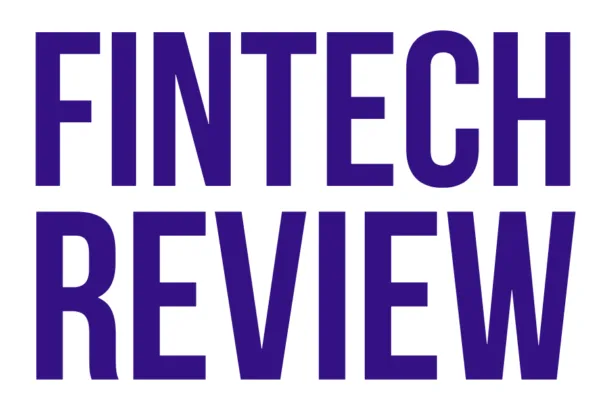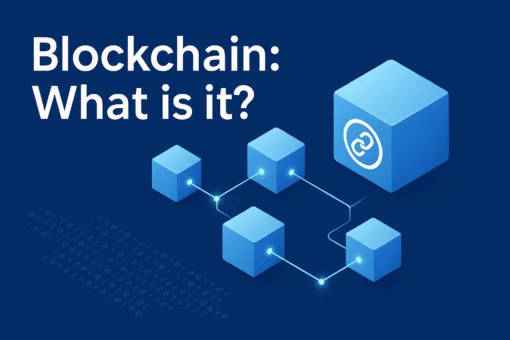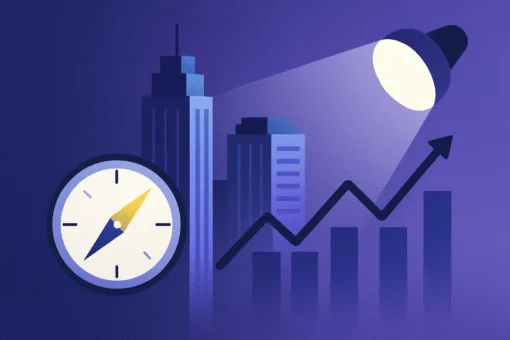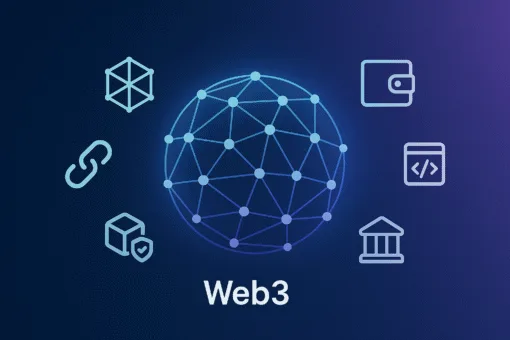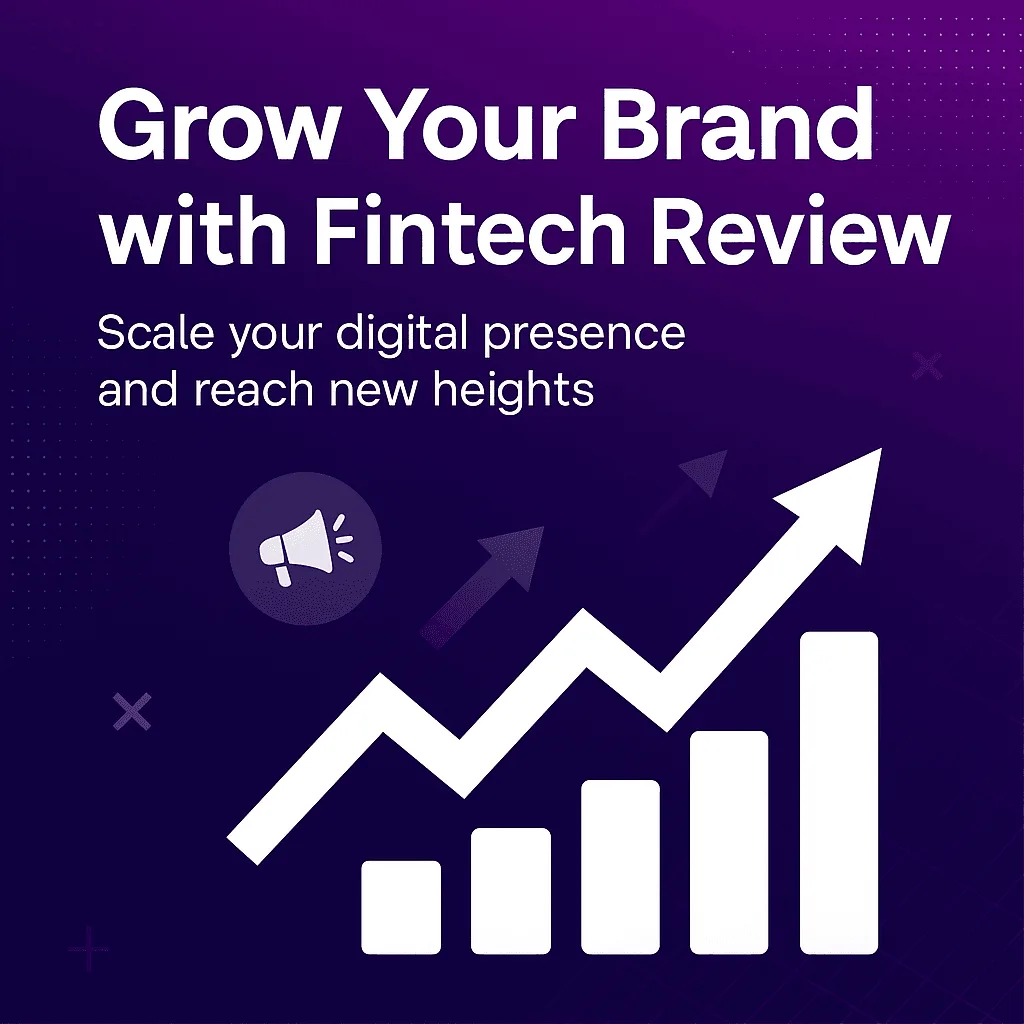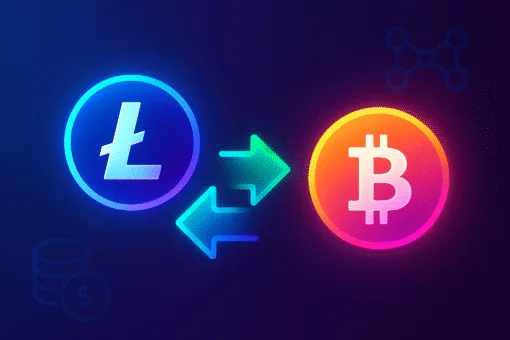The financial sector is witnessing a paradigm shift with the ascent of the asset-light business model, a change spearheaded by fintech companies worldwide. This model, characterized by minimal physical assets and a heavy reliance on digital technology, offers fintech firms the agility and flexibility necessary to navigate today’s rapidly evolving economic landscape.
As traditional banking institutions grapple with the overhead of their physical presence, asset-light fintech companies are redefining the rules of financial engagement. We will dissect the multifaceted implications of the asset-light business model in the fintech industry, revealing why an increasing number of companies are transitioning to this lean operational strategy.
The Strategic Advantages of Going Asset-Light

Asset-light fintech firms are nimble. They avoid heavy investment in physical spaces. Resources flow to innovation instead. Technology leads, not buildings. Such firms focus on digital growth. They prioritize customer satisfaction upgrades. This model scales businesses quickly. Digital tools extend market presence. They also attract more customers. Efficiency is the hallmark here. Asset-light models offer resilience too.
They’re built to withstand downturns. Fixed costs stay low. Overheads don’t overwhelm. Companies stay agile, adaptable. They’re ready for economic shifts. This model supports long-term survival. It’s a shield in tough times. Asset-light is the smart choice.
Digital Transformation and Operations
Consequently, the asset-light model’s integration with digital transformation is radically redefining the operational capabilities of the fintech industry. Currently, fintech firms are not only breaking free from the constraints of physical geography; they are also fundamentally reshaping the delivery of financial services. By leveraging cloud computing, these firms can effortlessly scale their operations up or down, sidestepping the traditional limitations imposed by physical infrastructure and thus, remaining highly adaptable to the market’s fluctuating demands.
Additionally, AI significantly enhances their capabilities, allowing them to sift through large datasets to extract actionable insights and tailor their services. Simultaneously, data analytics strengthens their decision-making processes, ensuring their strategies continue to align with the dynamic trends of the market and the shifting behaviors of consumers.
This tech infrastructure is key for asset-light fintech firms. It boosts efficiency and cuts traditional costs. Fintechs use these tools for more than automation. They also strengthen security, which builds trust.
Their digital-first strategy simplifies complex financial tasks. Customers get fast, dependable, and secure services. Freed from physical asset costs, fintechs invest in innovation. This fuels ongoing service enhancements and customer-centric growth.
Outsourcing the non-core
Moreover, the strategic outsourcing of non-core tasks has emerged as a key tactic in the asset-light playbook, endowing firms with increased agility. By delegating functions such as customer support, compliance, and back-end processing to specialized third parties, fintech firms can streamline operations and focus their resources on core competencies such as product development and market expansion. This focus on core services is not merely about cutting costs; it’s about refining the essence of what these firms offer, ensuring they can respond swiftly and effectively to the needs of their clients and maintain a competitive edge in the fast-paced world of financial technology.

Asset-Light and Customer-Centricity: A Synergistic Relationship
In the present-day financial landscape, the asset-light model has proven to be inherently synergistic with a customer-centric approach. Fintech companies, liberated from the shackles of physical asset management, are adeptly fine-tuning their offerings to mirror the evolving desires of their clientele. This responsive adaptation is not solely about diversifying services; it’s about crafting an experience tailored to the nuanced needs of modern consumers. The capacity of asset-light firms to rapidly incorporate customer feedback translates into more than just improved service delivery—it fosters a dynamic, two-way relationship between fintechs and their users. Such a relationship is built on the premise of listening and evolving, ensuring that service improvements are not just reactive but proactive, anticipating the future needs and preferences of the market.
The asset-light model’s agility often surpasses customer expectations. It spurs innovation and pushes fintechs to keep improving user experiences. They constantly broaden their product offerings.
Customers enjoy new, improved financial services. These offer more convenience, access, and tailored features. Through feedback and updates, fintechs attract and keep customers. They build a base of loyal users, essential for growth. Thus, the asset-light strategy commits to exceeding customer needs, placing fintechs at the industry’s cutting edge.
Challenges and the Future of Asset-Light Fintech
The asset-light model offers numerous benefits but also comes with challenges. A key issue is the need for robust cybersecurity measures. Continuous technology updates are essential. Fintech firms must navigate these to maintain their edge.
Reliance on third-party providers introduces risks of service disruptions and data breaches. Fintech companies are tackling these problems head-on. They are using innovative strategies and risk mitigation to stay secure in the digital economy.
